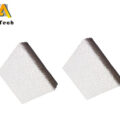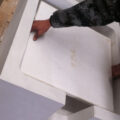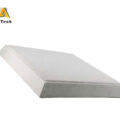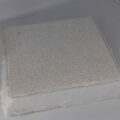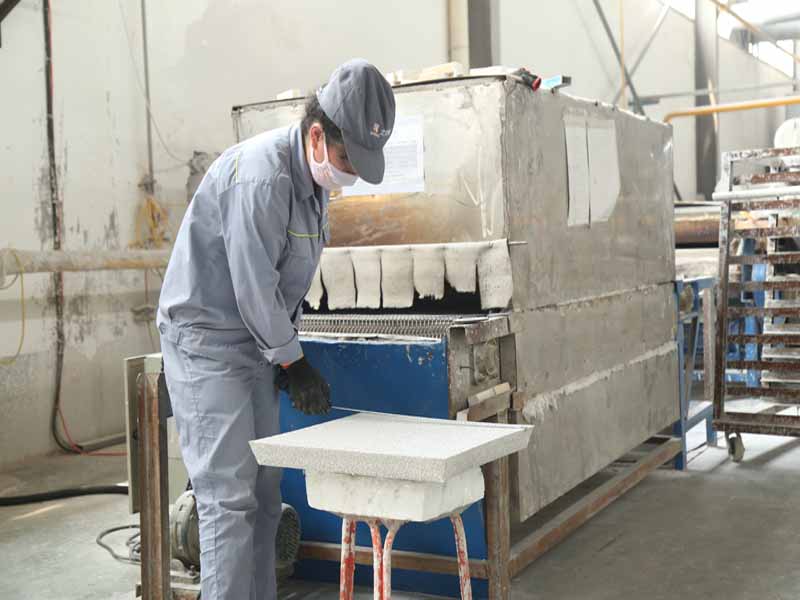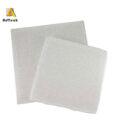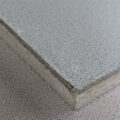Porous Ceramic Filters Manufacturing Process is made of silicon carbide only, with the exception of a small number of oxides in the form of adhesive residues, such as phosphorus pentoxide in uranium monophosphate, or materials that can be used to produce porous objects. When impregnating organic foams containing SiC into objects, additives such as silica made from clay can be added to improve the rheological properties of the slurry. However, the body may also contain a certain proportion of refractory oxides, such as alumina, usually not more than 45% by weight.
Porous Ceramic Filters Manufacturing Process
By using a waterborne slurry containing silicon carbide, alumina, clay, and aluminum orthophosphate as the binder, the reticulated polyurethane foam is impregnated, and then the impregnated foam is dried and fired to create a ceramic foam filter.
AdTech Porous Ceramic Filters adopt organic foam with a three-dimensional network structure and connected pores as a carrier and invade it into the thixotropic alumina material slurry. Use automatic extrusion equipment to make the slurry evenly distributed in the foam skeleton. Drying, curing, high temperature 1180 ℃ roasting for tens of hours.
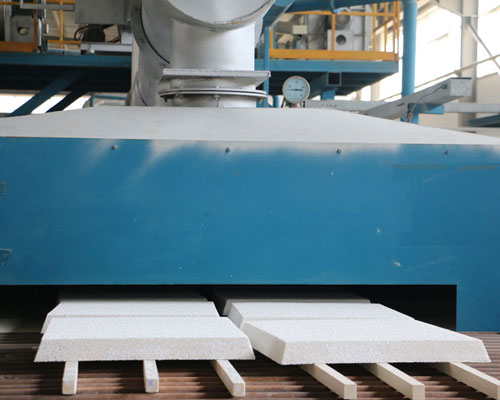
In order to evaluate the applicability of foam as an aluminum-lithium alloy filter, the foam is fixed on a refractory pipe by a high-temperature adhesive, and the tube is fixed on a steel bar. Then the foam is immersed in a molten aluminum LITAL alloy at 760-765 degrees C for heating. After soaking for 60 minutes, the foam is not affected by molten alloy.
Similar tests were carried out on other types of filter materials. After immersion in molten Al-Li alloy for 10 minutes, the mullite, cordierite, and honeycomb structure, as well as alumina and alumni No 1 ate ceramic foam were eroded and severely weakened. It has been soaked for 60 minutes but is extremely brittle when removed.



